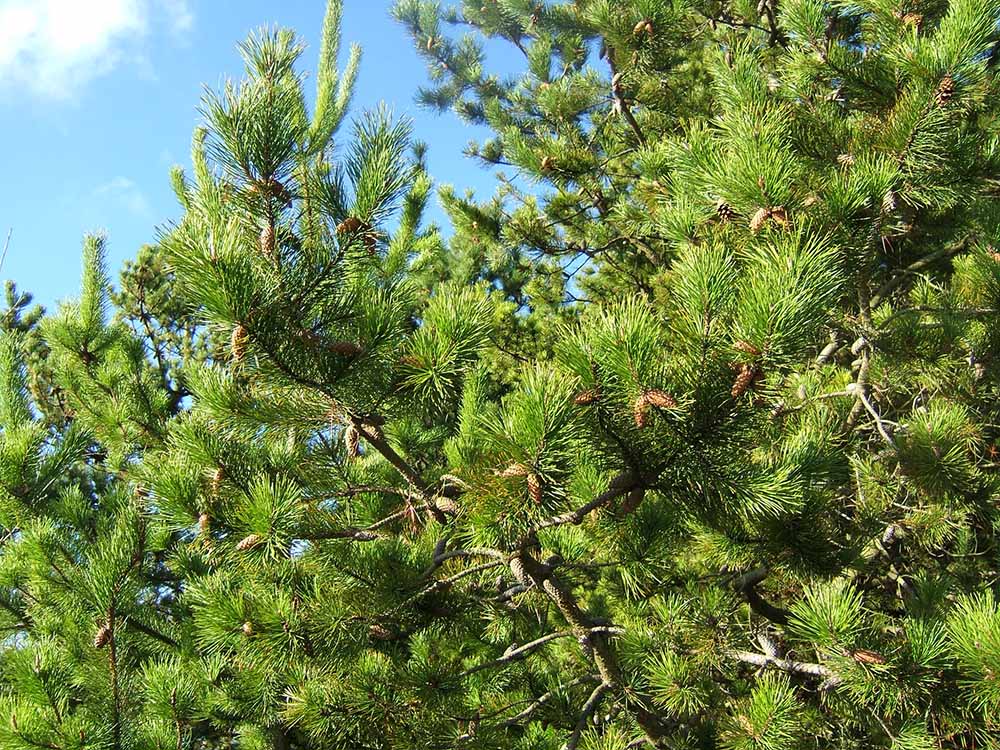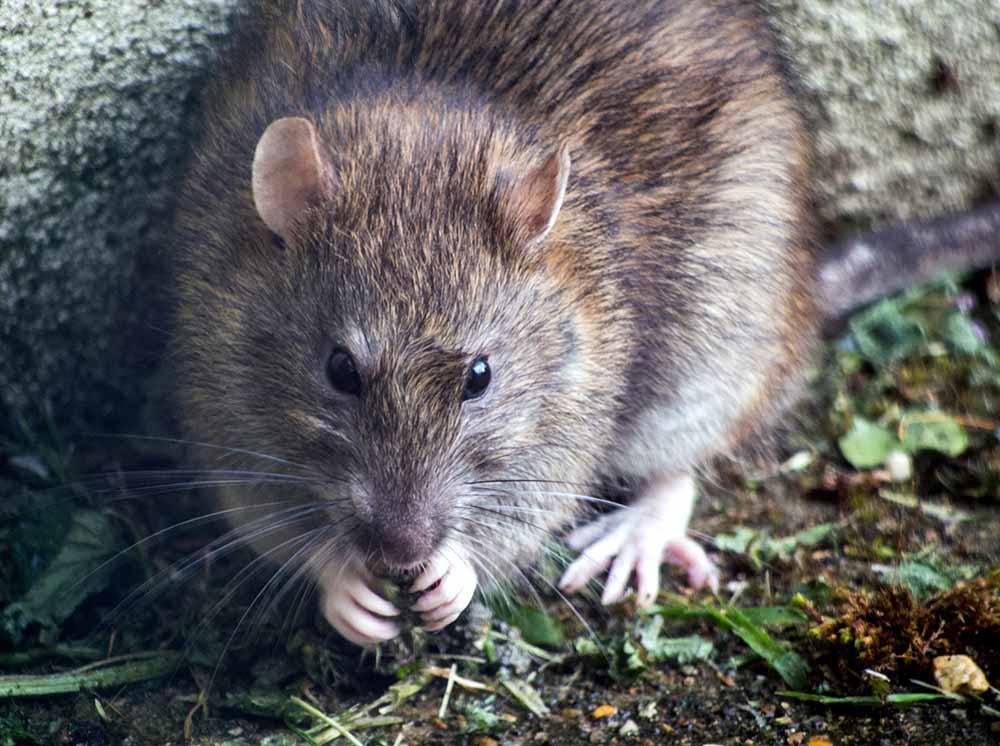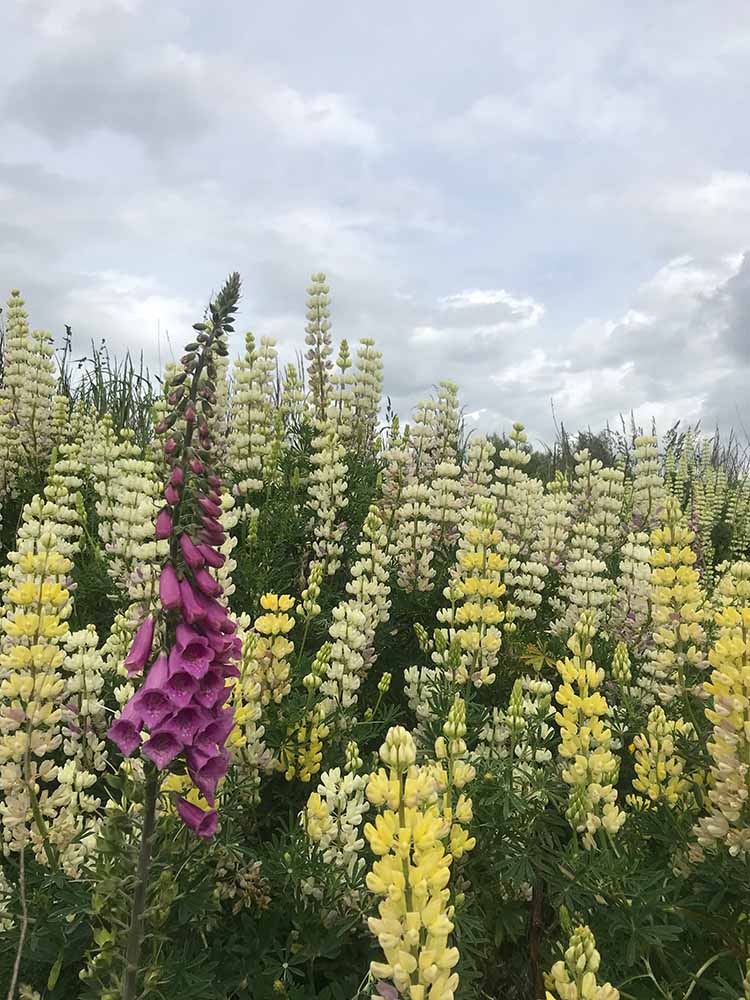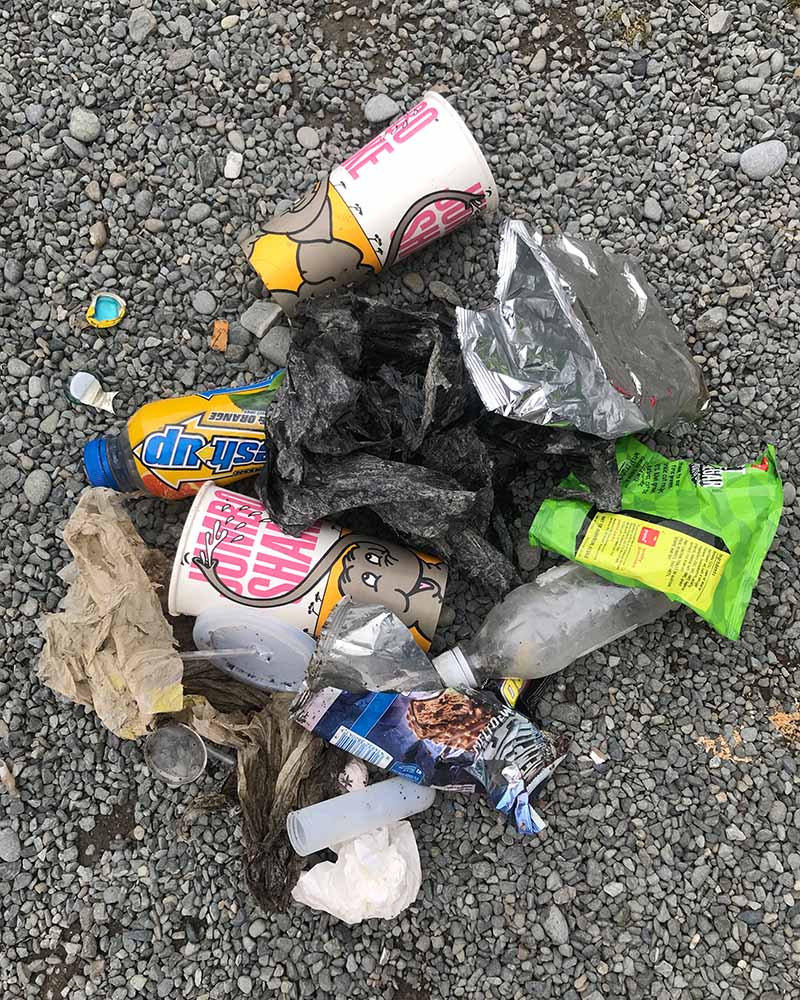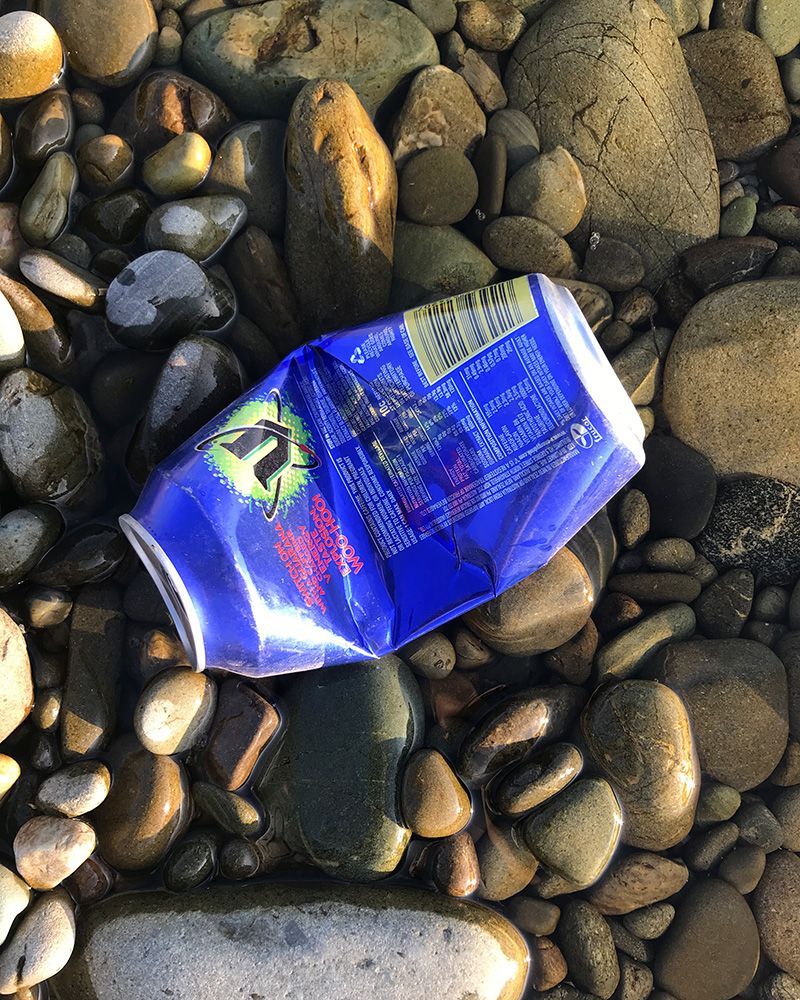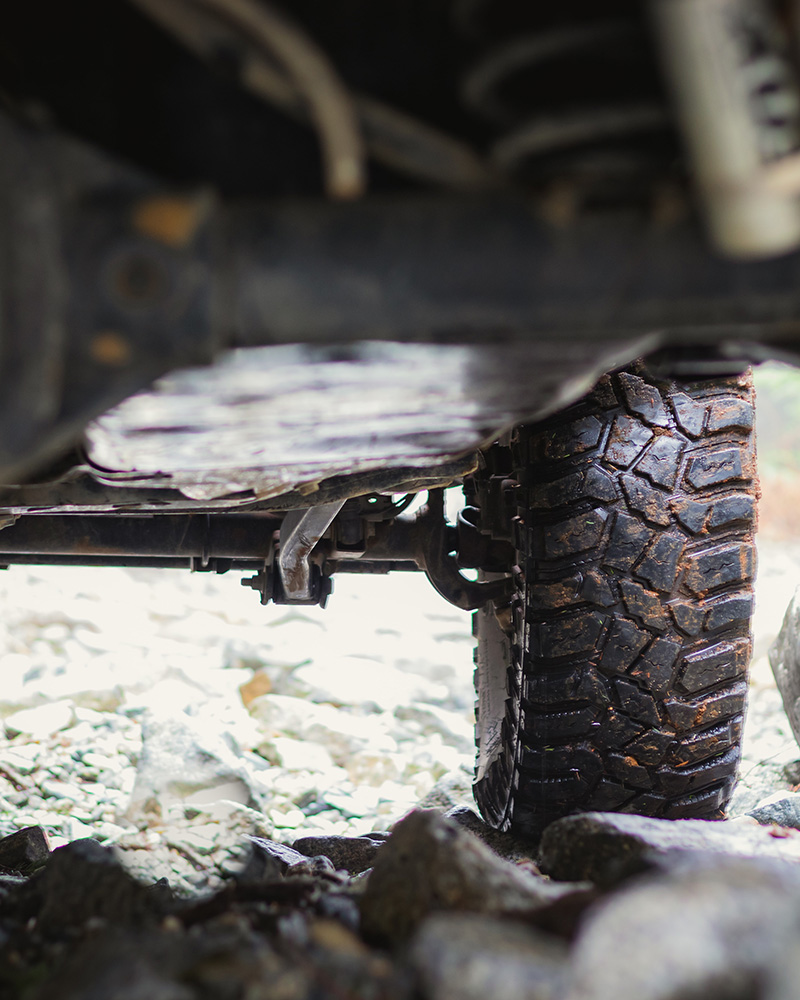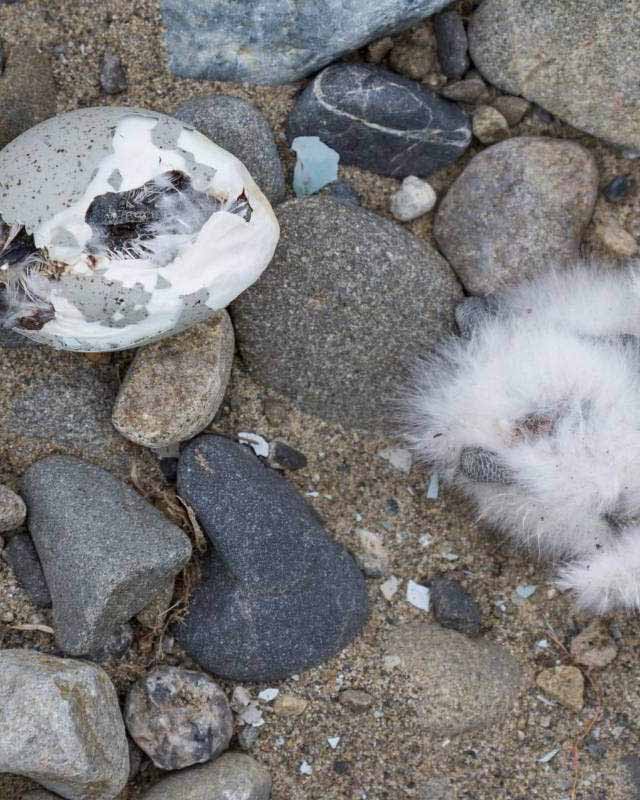Pest Plants & Animals
- Broom growing on the Ōreti River at Lumsden
While Northern Southland is a haven for many special endemic species of plants and birds, pest plants and animals are an ongoing threat and require significant elimination and/or control efforts.
Wilding pines
Wilding pines on and around Mid Dome, near Five Rivers, are a significant problem. A wilding pine or conifer like the Douglas fir is one that has grown from a seed which has not been planted, but has been dropped from a cone or been blown by the wind where it lands, germinates and grows in a place it is not wanted. They threaten native plant and animal habitats while creating favourable habitats for pests, increase fire risk, soak up valuable water, and impact farming.
Pest plants around our rivers
Northern Southland’s important braided river systems are threatened by broom, gorse and dense mats of introduced grasses. Other pest plants include Field Horsetail (asparagus-like stems that grow up to 80cm high); Darwin’s Barberry (a spiny green shrub that grows up to 4m tall); Heather (has long dark green to brown leaves that are bell-shaped with pink to pale purple flowers); and Largarosiphon/Oxygen Weed (an aquatic plant that is a submerged, bottom-rooting perennial that grows up to 5 metres tall).
Animal pests
There are several pest species present in Northern Southland, including possums, ferrets and stoats, deer, hedgehogs, cats, rabbits and rats, all of which have a huge impact on native plants and birds. Pest animals can breed prolifically during the spring and summer, and numbers need to be sporadically controlled with hunting, trapping and other methods.
Are YOU a pest?
We tend to think of introduced animals such as possums and rabbits as pests, because of the damage they cause to our flora and fauna, but do we hold ourselves to the same standards? What damage do we cause and what ways can we find to reduce the impact of our presence in New Zealand?
